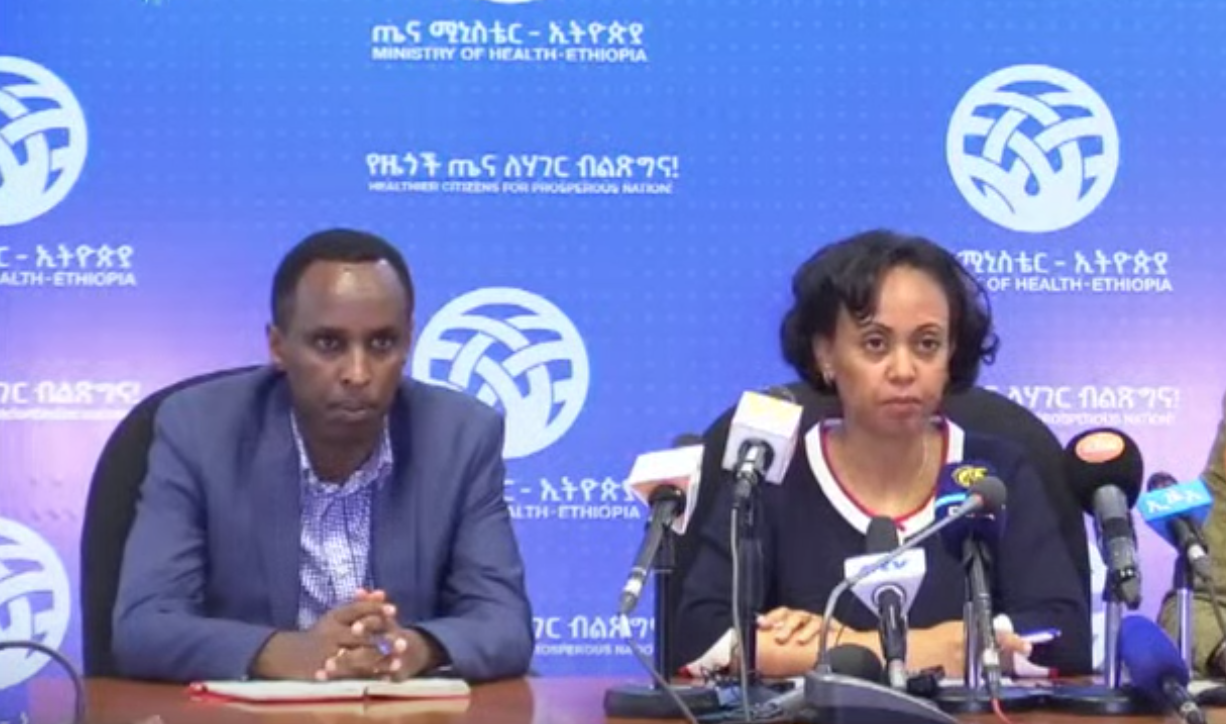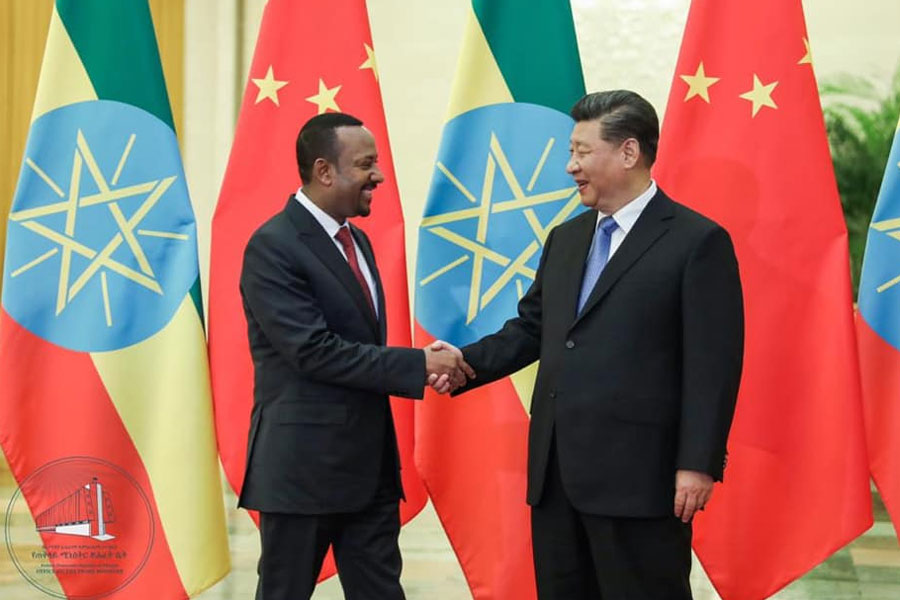
Radar | Sep 06,2020
Jul 10 , 2020
By HENOK TERECHA ( FORTUNE STAFF WRITER )
The Ethiopian Institute of Agricultural Research has begun working with farmers across regional states on large-scale rice production aiming to reduce its import.
With the project, a total of 4,500 farmers from Amhara, Oromia, Benishangul Gumuz, Southern Nations, Nationalities & Peoples', Gambela and Tigray regional states have planted 1,123ha of rice, which is expected to be ready for market within four months.
Farmers in Oromia Regional State have fully completed cultivating their land, while farmers from Tigray and Gambela regional states will start cultivation this coming week. Farmers from Amhara Regional State mainly around Lake Tana have completed 90pc of the seeding process.
Before launching the project, the Institute piloted the programme across all the regional states on small-scale farmlands, according to Mulugeta Atnaf (PhD), senior researcher of crop breeding & genetics and coordinator at the National Rice Research Programme of the Institute.
The project is part of a strategic plan aimed at replacing the import of rice in the coming five years. Before revising the strategic plan, the Institute has been working on a 10-year document.
"The five-year strategic plan was designed after the global outbreak of Novel Coronavirus (COVID-19) that made the import of the product very difficult," according to Mulugeta.
Local rice production only covers 20pc of the total demand. Out of total rice imports, 95pc is shipped from India.
The government plans to have national production of rice cover total consumption in the coming five years. In doing so, the country can save 200 to 300 million dollars that is currently spent to import rice on a yearly basis.
In the 2017/18 fiscal year, a total area of 53,106ha was covered with rice. That coverage area grew to 63,361ha in the last fiscal year, while the yield has also increased by 14pc to 1.2 million quintals. Amhara Regional State currently produces nearly all of Ethiopia's rice, harvesting 1.19 million quintals of rice from 41,700ha of land that was harvested by 114,000 farmers in the most recent fiscal year.
Fogerea National Rice Research & Training Centre, which is located in the area where rice production is highest, is focused on the rice seedling, according to Abebaw Assaye, agricultural economics research process coordinator of the Centre.
Farmers used to think that harvesting the rice on a small scale is easy and better to manage, according to Mulugeta.
"But now we're showing and promoting the large-scale demonstrations and explaining how large-scale farming with modern technologies will benefit them," he said. "We're giving them training."
The country is endowed with water and land resources that are suitable to rice production, according to Mulatu Wakgari (PhD), head of the School of Plant Science at Haramaya University.
"Using these resources, the country can produce rice that can even be exported after satisfying the local demand," said Mulatu, adding the contribution of large-scale farming to achieve this target.
However, to achieve this level of productivity, Mulatu recommended the sector be led by well-educated professionals.
PUBLISHED ON
Jul 10,2020 [ VOL
21 , NO
1054]

Radar | Sep 06,2020

Covid-19 | Mar 29,2020

Exclusive Interviews | Mar 18,2023

Fortune News | Oct 13,2024

Fortune News | May 23,2020

Fortune News | Aug 28,2021

Fortune News | Apr 26,2019

Fortune News | Dec 11,2021

Sponsored Contents | Oct 25,2021

Radar | Jan 14,2023

Dec 22 , 2024 . By TIZITA SHEWAFERAW
Charged with transforming colossal state-owned enterprises into modern and competitiv...

Aug 18 , 2024 . By AKSAH ITALO
Although predictable Yonas Zerihun's job in the ride-hailing service is not immune to...

Jul 28 , 2024 . By TIZITA SHEWAFERAW
Unhabitual, perhaps too many, Samuel Gebreyohannes, 38, used to occasionally enjoy a couple of beers at breakfast. However, he recently swit...

Jul 13 , 2024 . By AKSAH ITALO
Investors who rely on tractors, trucks, and field vehicles for commuting, transporting commodities, and f...

Jul 5 , 2025
Six years ago, Ethiopia was the darling of international liberal commentators. A year...

Jun 28 , 2025
Meseret Damtie, the assertive auditor general, has never been shy about naming names...

Jun 21 , 2025
A well-worn adage says, “Budget is not destiny, but it is direction.” Examining t...

Jun 14 , 2025
Yet again, the Horn of Africa is bracing for trouble. A region already frayed by wars...